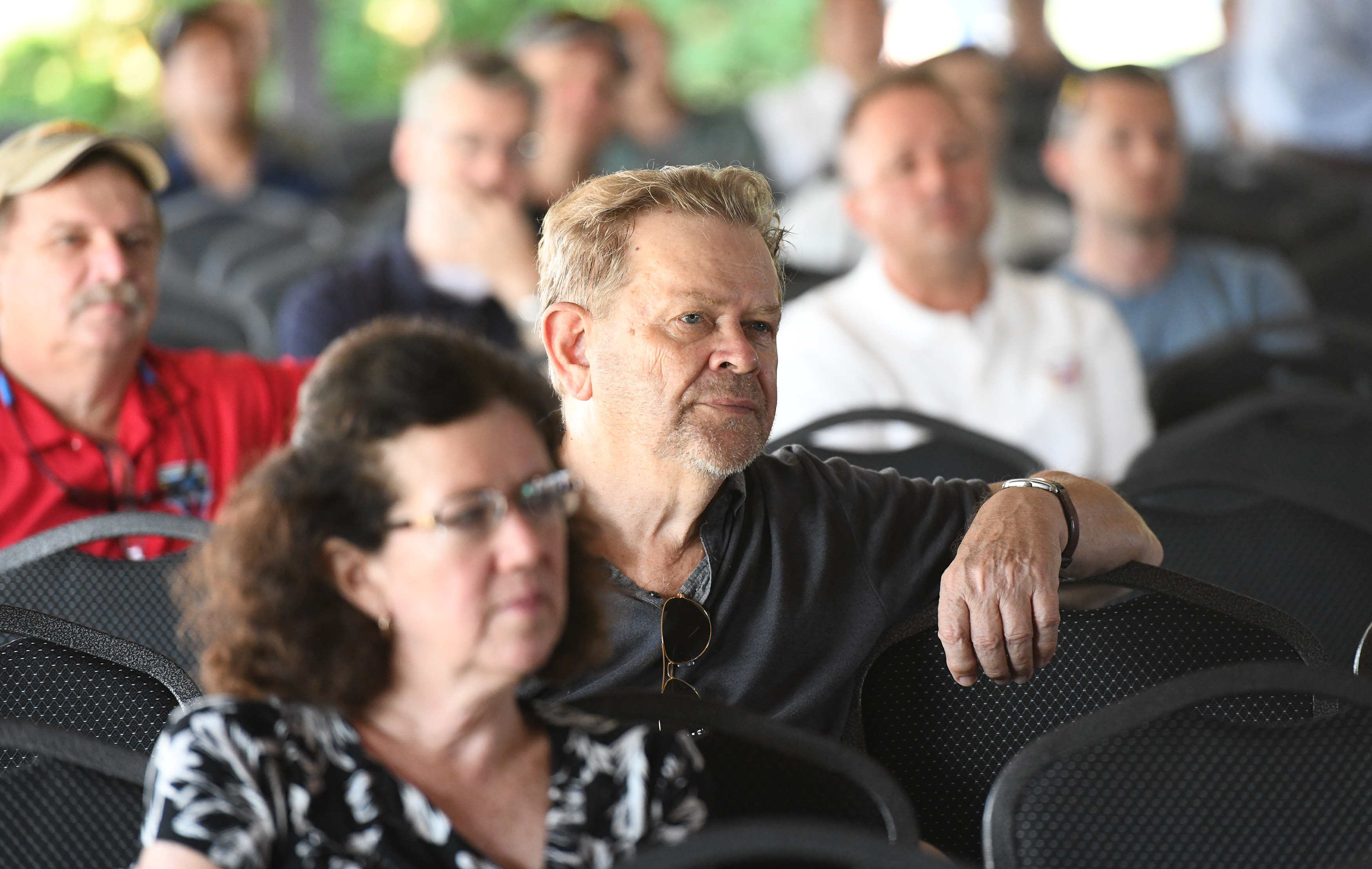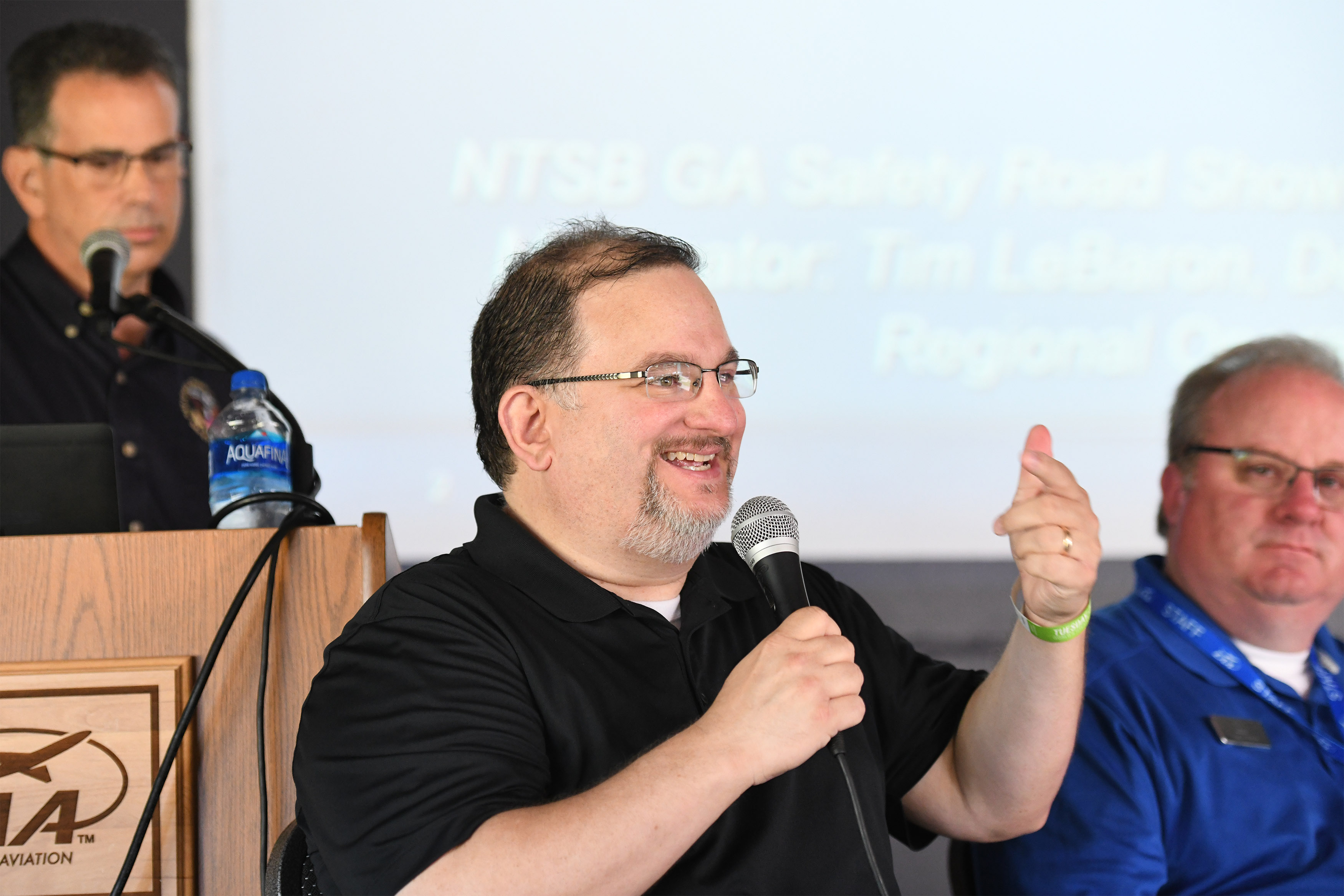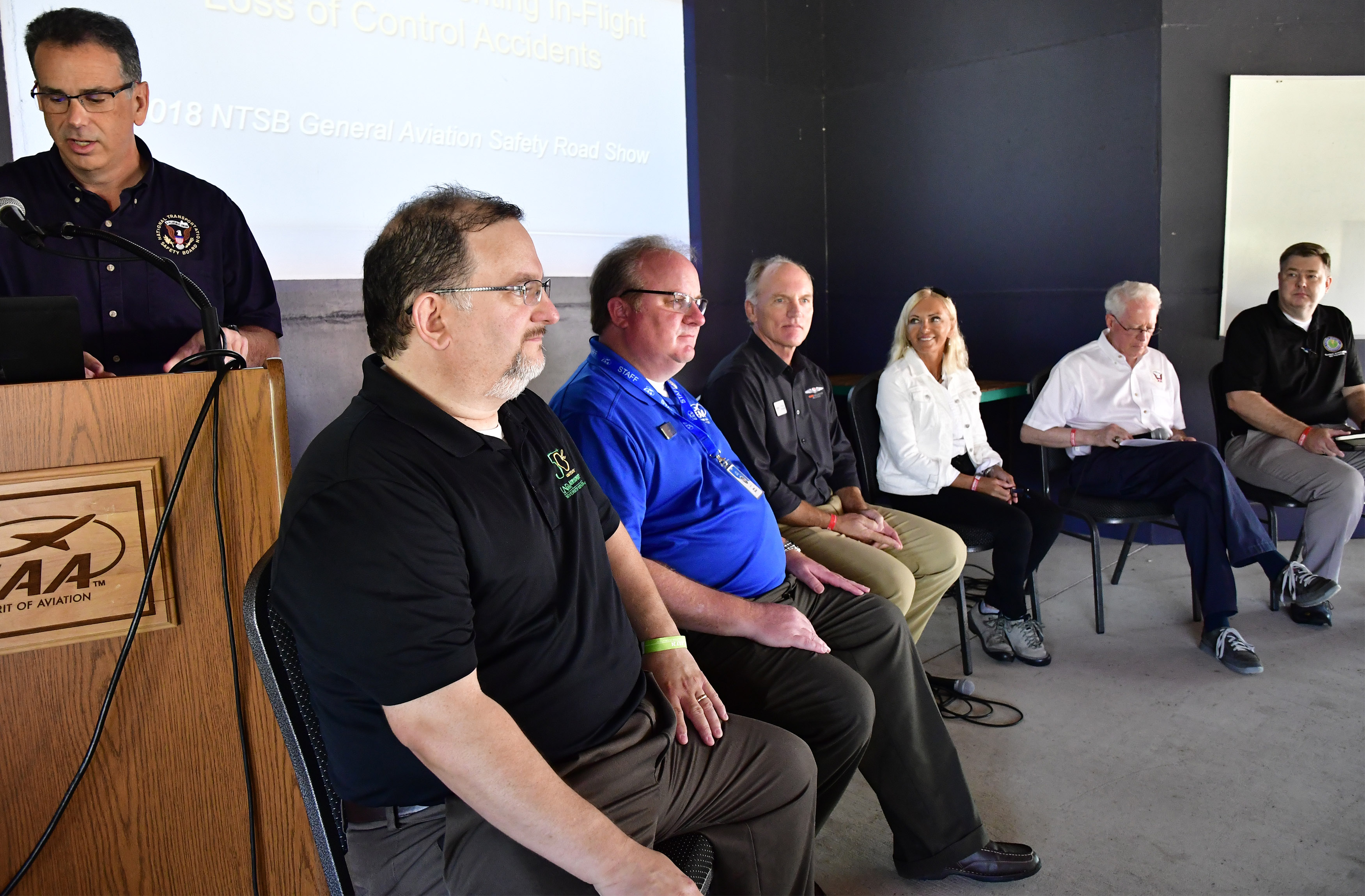Patty Wagstaff headlines NTSB safety forum
Aerobatic great delivers AirVenture ‘Safety Road Show’ keynote
Aerobatic great Patty Wagstaff delivered the keynote at the National Transportation Safety Board’s traveling “Safety Road Show” during a stop at EAA AirVenture in Oshkosh, Wisconsin, July 24. Wagstaff was joined by general aviation safety panelists who discussed the causes of loss-of-control aircraft accidents and potential solutions to the vexing problem.
She joined NTSB safety investigators, an FAA analyst, and other GA experts who advocated for awareness through additional training and modern technology, including further adoption of angle of attack indictors (AOA), which have become more affordable and more commonplace on GA aircraft in recent years.
NTSB studies revealed that maneuvering, and take off and climb out, are “statistically, the deadliest phases of flight for LOC accidents,” although loss of control—or LOC—can occur “in all phases of flight.”

Wagstaff, a six-time U.S. Aerobatic Team member advocated upset training along with “unlearning” of bad habits. She cited unnecessarily aggressive rudder movements when in low and slow flight, and a natural instinct to pull back on yoke or stick, as topics to address, especially during landing operations.
AOPA Air Safety Institute Executive Director and panelist Richard McSpadden said it was important to consider the complexities of LOC accidents when pursuing ways to eliminate them.
"We realize that the LOC category is very broad, so we must look deeper at the event or action preceding loss of control to truly understand the underlying causes and elements, and to yield specific solutions and positive results."

Recent policy advances are allowing technologies used in experimental aircraft to be more readily and easily available to certified aircraft. The FAA has worked with industry to allow more wide-spread use of these technologies to further reduce LOC incidents, added McSpadden.
EAA advocacy and safety vice president Sean Elliott agreed that more affordable AOA devices and their availability to GA pilots were valuable keys to improving flight safety.
The EAA Founder’s Innovation Prize judges decided that pilot awareness of critical AOA warranted continued study. Judges awarded a $25,000 innovation prize to a team headed by Mike Vaccaro, a retired U.S. Air Force pilot and a Van’s Aircraft RV–4 owner, for a low-coast aural AOA warning system.
In addition to Wagstaff, McSpadden, and Elliott, the “Safety Road Show” panelists included a who’s who of safety experts: NTSB Chairman Robert Sumwalt, NTSB board member Earl Weener, NTSB regional operations deputy director Tim LeBaron, NTSB medical officer Nicholas Webster, NTSB investigators Pam Sullivan and Mike Folkerts, FAA accident investigator Corey Stephens, University of North Dakota aviation program chair Jim Higgins.





